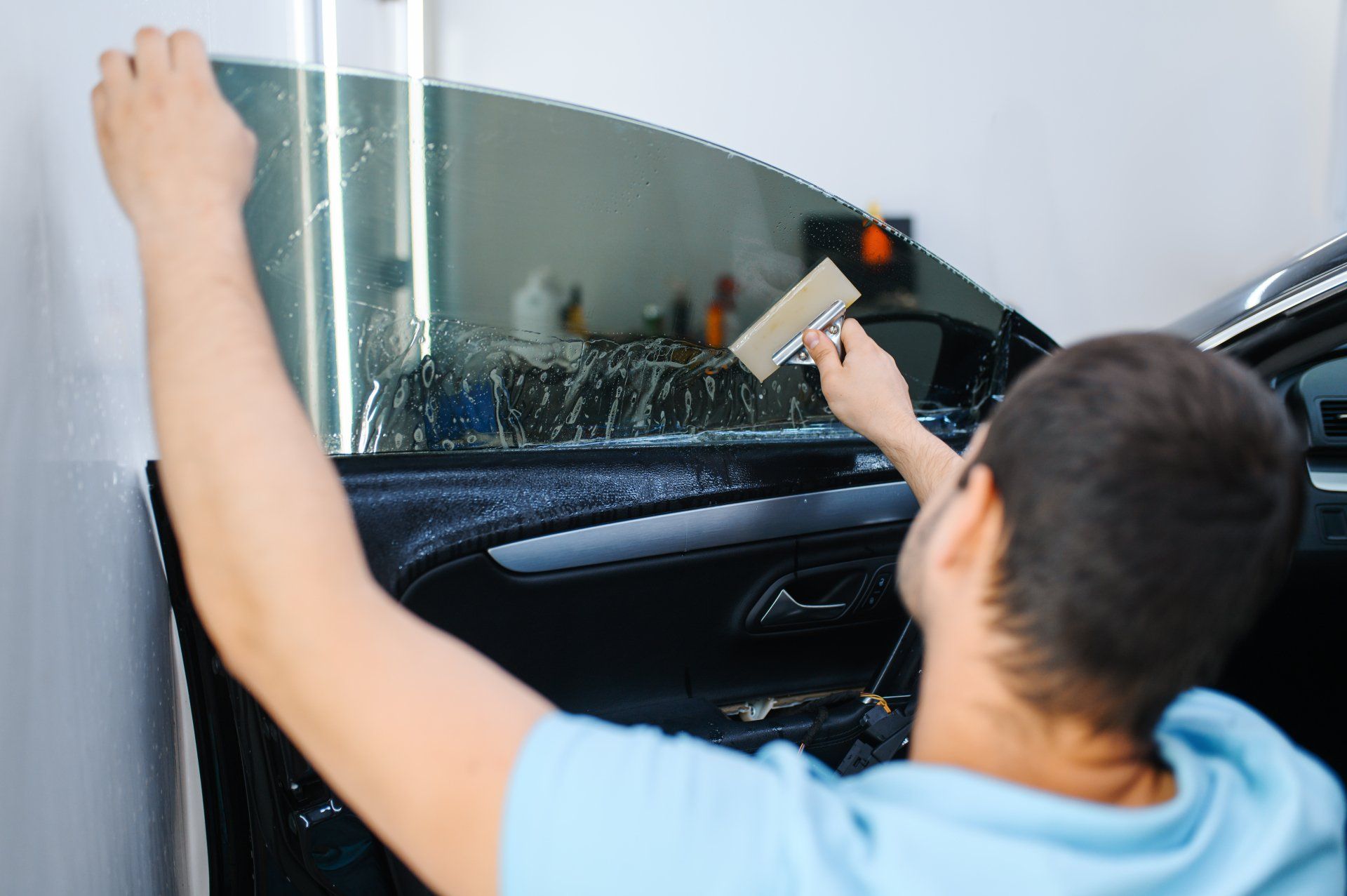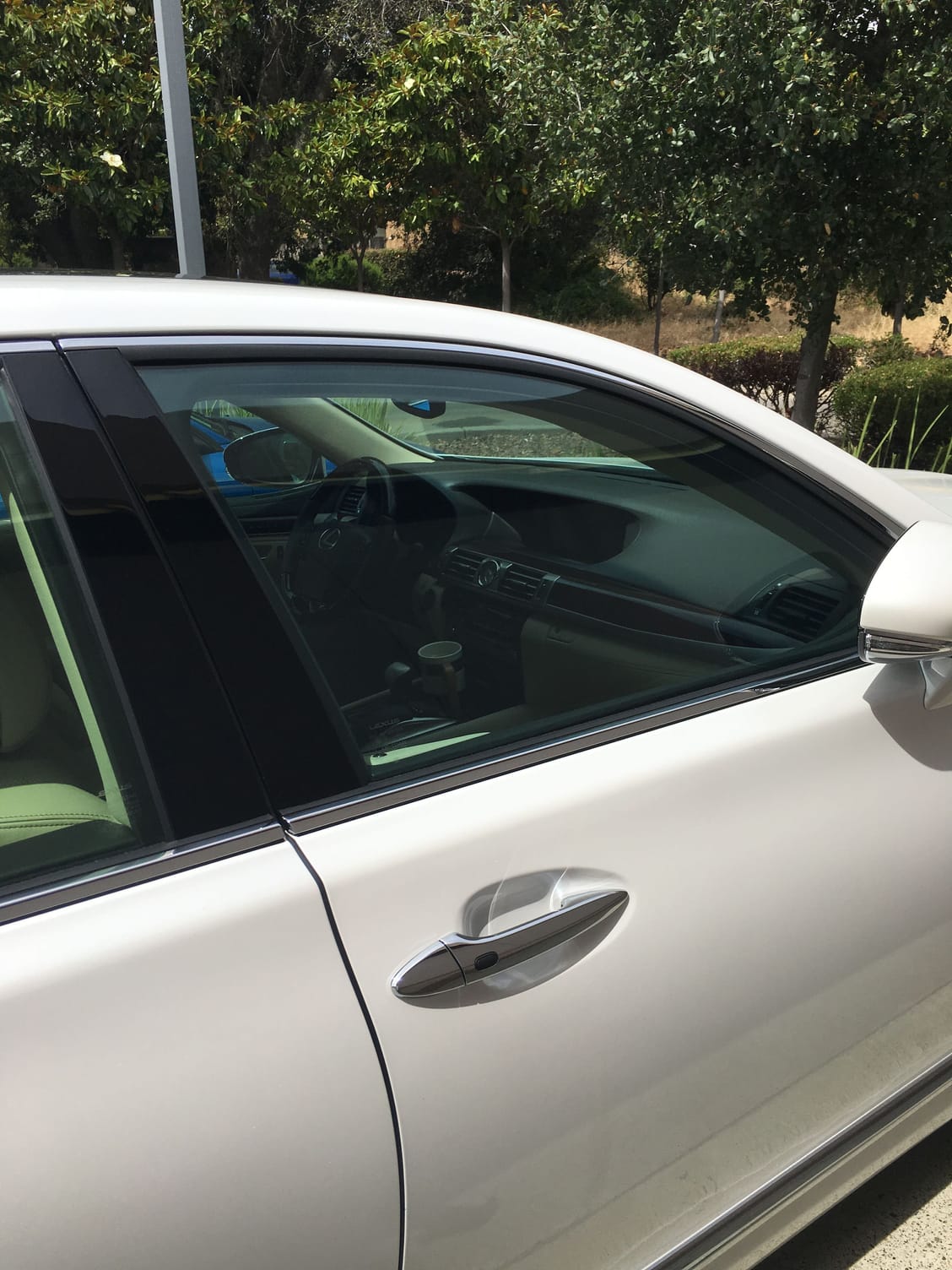
Window tint darkness is regulated based on Visible Light Transmission, otherwise known as VLT – the percentage of visible light allowed in through the combination of film and the window. More specifically, the percentage of light allowed through a car window’s film and glass. Texas regulates the amount of light allowed in a vehicle. Texas laws contain specific regulations based on whether the motor vehicle is a sedan, SUV, or van.

A clear or un-tinted UV film is allowed anywhere on the front windshield without a medical exemption being required.Tinting devices, when measured in combination with the original glass, must have a luminous reflectance value of 25% or less.Tinting devices, when measured in combination with the original glass, must have a light transmittance value of 25% or more.Tinting devices may not be red, amber, or blue in color.A vehicle’s “AS-1 line” means a line extending from the letters AS-1, found on most motor vehicle windshields, running parallel to the top of the windshield or shall mean a line 5 inches below and parallel to the top of the windshield, whichever is closer to the top of the windshield. If there is no AS-1 line, the sunscreening or tinting devices must end five inches below the top of the windshield. Tinting devices must be applied above the AS-1 line.Tinting devices may be applied to the windshield of a motor vehicle if certain conditions are met: Thus, it is important that all Texas motorists use certified film for trusted protection. The manufacturers of tinting (also known as “sunscreening”) film are required to certify the film they sell in Texas. These include law enforcement vehicles, taxis, buses, limousines, and vehicles used by persons with medical permits. Some vehicles are exempt from the window tint requirements imposed by Texas law.
#WINDOW TINT LEVELS WINDOWS#
These regulations govern how tinting is applied to all of the windows on an automobile, truck, van, or SUV.
#WINDOW TINT LEVELS DRIVER#
The police and vehicle examiners from the Driver & Vehicle Agency use light-measuring equipment to measure window tints. Penalties for having wrongly-tinted windows

Visibility problems are particularly bad around dawn and dusk, or the sudden onset of bad weather when light levels change quickly. Window tints will restrict your ability to see the more vulnerable road users, such as pedestrians and cyclists, especially in low light conditions.

The rules on tinted windows don’t apply to the rear windscreen or the rear passenger windows. If you add any more tint it’s likely to result in the windows failing to meet the legal requirements. In most modern vehicles there is a slight tint added to the windows when they are made.


 0 kommentar(er)
0 kommentar(er)
